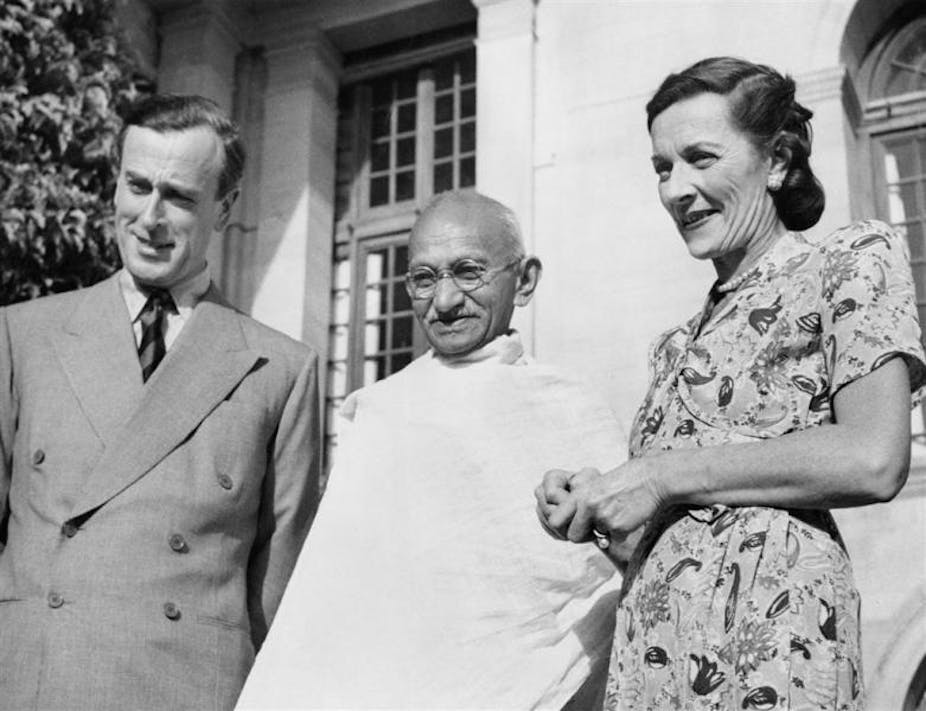Some of these former countries became ethnostates. Put simply, an ethnostate is a country who borders are defined, and is ruled by a single ethnic group. Japan is a good example of a country that became an ethnostate after World War 2, when it lost all its colonies in 1945. For the first time in 50 years, Japan's borders were comprised of solely Japanese people.
However, many European Powers, such as Britain still held on to their colonies, now just shadows of their once vast land area and populations. Many people around the world wanted self-determination. In the coming 2 decades, borders around the world changed drastically.

Ironically, totalitarian fascism played a role make these currently democratic, self governing countries a reality. Though the Axis lost the war, Japan and Germany fought hard, costing countries such as Britain millions of lives, and billions of dollars. Unable to pay the costs governing such a large territory, Britain had to let go over a sizable portion of its empire. And the fact that these were independence movements in many of these countries was an added bonus. Britain didn't have the money and resources to contain all of them, so they just It made it look as if Britain was acknowledging their requests for independence, and peacefully transferring their power to their former colonies.

Independence of India, 1947

Malaysia Constitutional Conference in London, 1956

Independence of Jordan, 1950
However, if Britain and France had not been devastated after the war, they would have most definitely tried to crush the rebellion in all of their colonies. Who knows how long their imperialism would continue? Would some rebellions get violent?
Though World War 2 had just occurred, people were still fighting; fighting for the right to self-determination. Even in America, the civil rights movement started taking place around this same period of time, as Blacks demanded an end to segregation and Jim Crow laws. It was truly a turning point in history.
Sources:
http://what-when-how.com/western-colonialism/malaysia-british-1874-1957-western-colonialism/
http://theconversation.com/how-the-partition-of-india-happened-and-why-its-effects-are-still-felt-today-81766
This is a very informative post. I liked how you compared decolonisation to other things that we have learned.
ReplyDelete